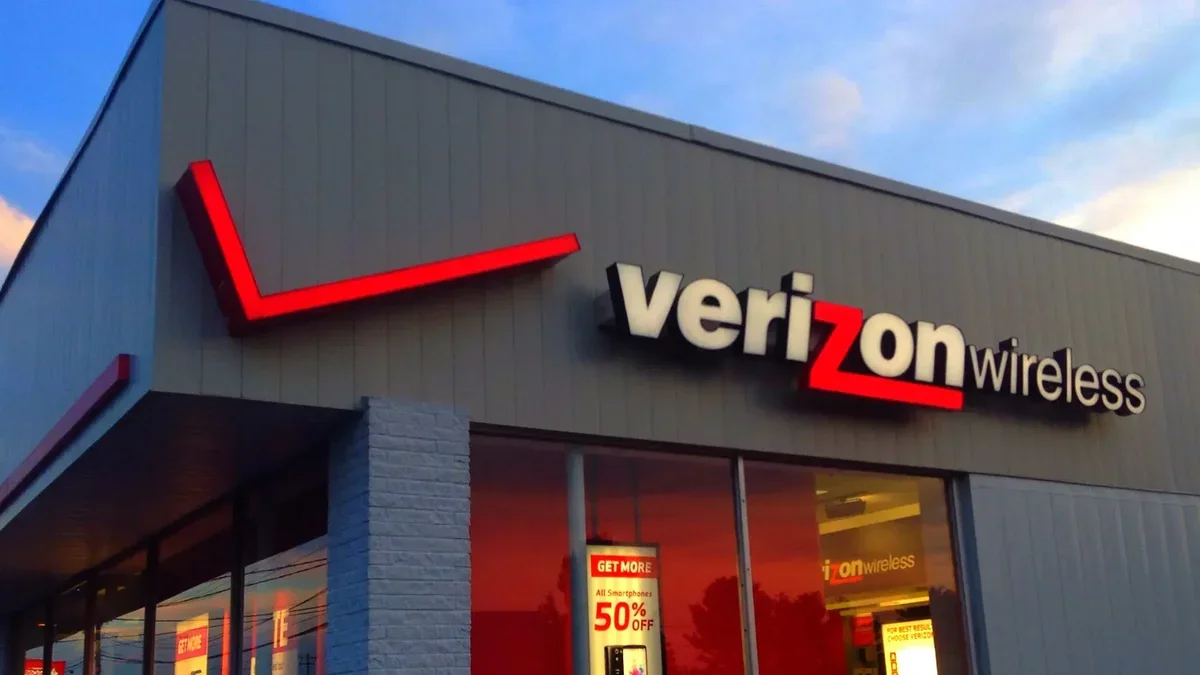Uber plans to launch a fleet of self-driving Volkswagen ID.Buzz microvans, which will offer shared rides in Los Angeles in early 2026 and eventually across the US.
“We’ve said it before: the future of transportation is electric, shared, and autonomous,” Uber says. “Our next product combines all three! Autonomous technology will drive a safer and more affordable future for everyone, and we can’t wait to expand access to it around the world.”
Dash of Volkswagen ID.Buzz (Credit: Emily Forlini/PCMag)
Riders will be able to call an autonomous ID.Buzz through the app. Uber will begin testing the service later in 2025, and “over the next decade [will] work with VW to deploy thousands of all-electric, fully autonomous ID. Buzz AD vehicles across the US.”
Perhaps nixing the driver will finally make shared rides profitable for Uber. The company was bleeding money on Uber Pool, a company spokesperson tells us. When the pandemic hit in 2020, Uber stopped the shared rides, then rebooted them in 2022 in certain cities via Uber Share, though that hasn’t quite taken off, either.
“UberX Share is our reimagined version of Uber Pool,” an Uber spokesperson says. “The [autonomous vehicles] would just become another eligible vehicle type for UberX Share.”

Back seat of Volkswagen ID.Buzz (Credit: Emily Forlini/PCMag)
But without a driver to pay, and a minibus that can hold many passengers at once, perhaps these autonomous Volkswagen vans will finally offer a solution that works for Uber and riders. Plus, we wouldn’t hate seeing more of the ID.Buzz on the roads. It’s a modern version of the original Woodstock van, and one of the most unique EVs available.
The autonomous software that will power the ID.Buzz fleet “is a joint development between [Volkswagen subsidiary] MOIA’s fleet operations and MobilEye,” Volkswagen’s Mark Gillies tells us. “This system relies on more than a dozen sensors, including cameras, imaging radar, and LiDARs. It also uses crowdsourced mapping from millions of Mobileye-equipped vehicles for data on roads and typical driver behavior.”
(Notably, that means the company is not using Rivian’s self-driving platform. The two companies formed a joint venture in November 2024, giving Volkswagen access to Rivian’s software.)
Get Our Best Stories!

Your Daily Dose of Our Top Tech News
By clicking Sign Me Up, you confirm you are 16+ and agree to our Terms of Use and Privacy Policy.
Thanks for signing up!
Your subscription has been confirmed. Keep an eye on your inbox!
The Uber partnership “is an important step in our journey to autonomous driving and has the added benefit of showcasing the ID. Buzz to a wide audience in one of the biggest EV markets in the world,” Gillies adds.

Volkswagen ID.Buzz (Credit: Emily Forlini/PCMag)
Uber riders in Austin can already call an autonomous Waymo vehicle via the app. There are approximately 100 Waymo vehicles available on Uber with “plans to scale to hundreds of vehicles over the coming months, while also gearing up for launch in Atlanta in early summer,” the company says.
Does this mean human Uber drivers are on the endangered species list? Not entirely. Uber imagines a hybrid future with autonomous and human-powered rides. However, it is committed to increasing its electric options, and even courted Tesla to get its robotaxis on Uber.
Recommended by Our Editors
Speaking of Tesla, Uber is beating it to the punch by offering rides in autonomous minibuses. When Tesla debuted its robotaxi prototypes in October 2024, it included a 20-person “robovan,” which could also ship cargo. That’s much larger than the seven-person ID.Buzz, but Uber is now officially first to market with a form of autonomous bulk transit, even if for fewer people.

Tesla robovan and cybercab (Credit: Tesla)
Meanwhile, Waymo continues to expand its availability in select US cities, and Tesla is gearing up to put its first Model Y robotaxis on the road next month in Austin. The Trump administration is greasing the wheels on the transition to autonomous driving by relaxing and revising federal regulations, though risks to the public remain. The NHTSA is currently investigating Tesla for its vehicles’ involvement in multiple crashes, including fatalities. One self-driving Cybertruck also drove into a pole in February.
New Options for Commuters
Uber revealed more pricing options for commuters today as well. A new “route share” option aims to be Uber’s “most affordable ride,” with savings up to 50% and the potential to pay for it with pre-tax commuter benefits at your employer. The cars will make pickups every 20 minutes along busy corridors during weekday commute hours, so you’d have to walk a bit to save, and it would operate more like public transit on a set schedule but with only two other co-riders. You can book a spot up to seven days in advance.
A new “price lock pass” will help riders lock in lower fares and keep costs predictable. For $2.99, you can purchase a lock on up to 10 routes per month. If the upfront fare is lower than the price you locked in, Uber will still honor the lower price. It’s eligible for 30 days or $50 in savings, whatever comes first.
It’s available starting today in the following cities: Chicago, Dallas, Houston, Las Vegas, Miami, Nashville, Orlando, Phoenix, San Francisco, and Washington DC. Uber says it will also start rolling out eventually to “the rest of the US and Brazil.”
About Emily Forlini
Senior Reporter










